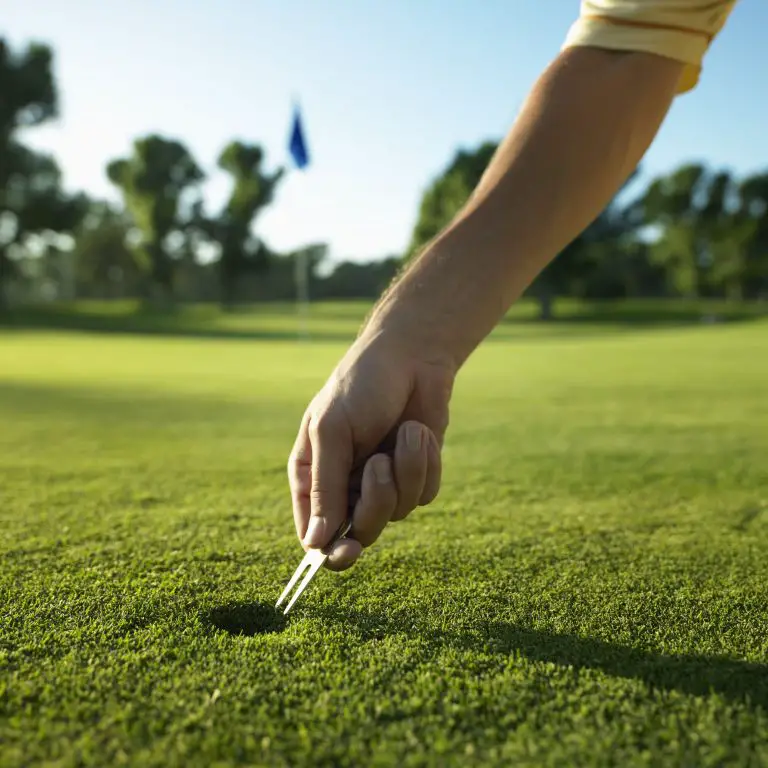Why Are Golf Balls So Expensive

Golf, a sport known for its precision and meticulousness, requires a range of specialized equipment, and at the heart of it all lies the humble golf ball. But have you ever wondered why these seemingly small and simple spheres come with a hefty price tag? The truth is, there’s much more to golf balls than meets the eye.
In this article, we will unravel the mystery behind the high cost of golf balls. From the construction materials to the research and development efforts, the manufacturing processes, and the quality control measures, we’ll explore the various factors that contribute to their expense. You’ll gain a deeper understanding of the intricacies involved in creating these tiny but vital pieces of golfing equipment.
To begin with, the construction materials play a significant role in the performance of golf balls. The core material, cover material, and even the dimples on the surface all contribute to factors like compression, distance, spin, and durability. Each material has its unique characteristics and undergoes extensive research and testing to ensure optimal performance.
Furthermore, the research and development efforts invested in golf ball technology continuously push the boundaries of innovation. Advanced designs, cutting-edge technologies, and meticulous testing procedures are all part of the journey to create the perfect golf ball. These R&D endeavors, along with the manufacturing processes that demand precision and consistency, contribute to the overall cost.
Additionally, the branding and marketing efforts associated with golf balls, including sponsorships and advertising campaigns, also impact their price. The endorsements of professional golfers and the extensive promotion of the brand add to the overall expenses.
So, let’s delve into the realm of golf ball manufacturing and discover the reasons behind their seemingly high price tags. Get ready to explore the intricate world of materials, technology, and craftsmanship that make golf balls not only a golfer’s essential tool but also a valuable investment.
-p26319-04.jpg)
Why do golf balls cost so much?
Golf balls may appear deceptively simple, but several key factors contribute to their price point. Let’s explore the primary reasons behind the high cost of golf balls.
Construction materials
The materials used in the construction of golf balls significantly influence their performance characteristics and, consequently, their cost.
Core material
The core material of a golf ball plays a crucial role in determining its compression and overall distance. Different types of core materials, such as rubber or high-energy materials, offer varying degrees of compression and responsiveness. These materials undergo extensive testing and research, adding to the cost of manufacturing.
Cover material
The cover of a golf ball, typically made of Surlyn or urethane, affects its feel, spin, and durability. Surlyn covers are more durable and offer a firmer feel, while urethane covers provide enhanced spin control and a softer feel. The cost of these cover materials and their respective performance attributes contribute to the overall expense of golf balls.
Dimples
The dimples on a golf ball’s surface play a crucial role in its aerodynamics and lift. Dimple patterns are carefully designed and engineered to optimize distance and stability during flight. Advanced research and development efforts are invested in studying and refining these dimple patterns, further driving up the cost of golf balls.
Research and development costs
The golf industry is continuously pushing the boundaries of technology and innovation, and the research and development (R&D) efforts involved contribute to the high cost of golf balls.
Innovation and technology
Golf ball manufacturers invest heavily in innovative designs and advanced technologies to enhance performance. R&D teams work tirelessly to develop new core materials, cover compositions, and dimple patterns that offer improved distance, control, and feel. These ongoing efforts to push the boundaries of golf ball performance add to the overall cost.
Testing and prototyping
Extensive testing and prototyping are integral to the development process of golf balls. Computer simulations and wind tunnel testing are conducted to assess factors such as aerodynamics, spin rates, and overall performance. These rigorous testing procedures require specialized equipment and skilled personnel, contributing to the overall R&D costs.
Manufacturing processes
The manufacturing processes involved in producing golf balls are intricate and require precision, contributing to their high cost.
Injection molding
Injection molding is one of the primary manufacturing methods for golf balls. The process involves injecting the core material into a mold, which is then encased in the cover material. Injection molding allows for consistent and efficient production, but the complex machinery and molds involved add to the manufacturing costs.
Compression molding
Another common manufacturing method for golf balls is compression molding. This process involves compressing the core material into a mold, followed by encasing it with the cover material. Compression molding provides precise control over the compression and hardness of the golf balls, but the specialized equipment required adds to the overall manufacturing expenses.
Dimple molding
Creating the intricate dimple patterns on golf balls involves a separate molding process. This step ensures consistent and precise dimple patterns on each ball, optimizing their aerodynamic performance. The additional complexity and precision required for dimple molding contribute to the overall manufacturing costs.
Quality control and performance consistency
To maintain high-quality standards and ensure consistent performance, stringent quality control measures are implemented during golf ball manufacturing.
Strict manufacturing tolerances
Golf ball manufacturers adhere to strict tolerances throughout the production process. These tolerances ensure consistent weight, size, and compression of the balls, resulting in reliable performance on the course. The meticulous attention to detail required to meet these standards increases the manufacturing costs.
Testing procedures
Golf balls undergo rigorous testing procedures to ensure their performance characteristics meet the desired standards. Compression testing and spin rate testing are conducted to assess factors such as ball flight, distance, and control. These testing procedures add to the overall production costs, ensuring that only high-quality balls reach the market.
Branding and marketing expenses
The branding and marketing efforts associated with golf balls also contribute to their higher price.
Sponsorship and endorsements
Golf ball manufacturers often invest in sponsorship deals and endorsements with professional golfers. These partnerships help promote their products and build brand reputation. The costs associated with such sponsorships are passed on to the consumers, increasing the overall price of golf balls.
Advertising campaigns
Extensive advertising campaigns, both traditional and digital, are undertaken to create brand awareness and drive sales. Television and print advertisements, as well as digital marketing and social media campaigns, require significant financial investment. These marketing expenses contribute to the overall cost of golf balls.
Conclusion
In conclusion, the high cost of golf balls can be attributed to a combination of factors. The materials used in their construction, research and development efforts, intricate manufacturing processes, stringent quality control measures, and branding and marketing expenses all contribute to their price point. While golf balls may seem like simple objects, the technology, innovation, and attention to detail that go into their production make them a valuable investment for avid golfers seeking optimal performance on the course.







